The Politburo and the Secretariat have basically agreed on the policy on the project to rearrange and reorganize administrative units at all levels and build a two-level local government model; merge a number of provinces, abolish the district level, and continue to merge the commune level.
This content is being consulted with Party committees, sectors and localities to complete the project. The Politburo will present it to the 11th Central Conference, scheduled for mid-April this year. The policy of rearranging administrative units at all levels this time is aimed at a large goal, with a hundred-year strategic vision.
To better understand the above issue, a reporter from Cong Thuong Newspaper had an interview with journalist Nguyen Bac Van, former Head of the Party Building Department, Nhan Dan Newspaper.
Promoting the leading role of dynamic regions
- Conclusion 127-KL/TW of the Politburo and Secretariat stated that the merger should not only be based on traditional factors such as population size and area, but also requires careful research on national master plans, regional plans, local plans, socio-economic development strategies and economic sectors. An important goal emphasized is that the merger must aim to expand development space for localities and the country. How do you evaluate the policy of provincial merger?
Journalist Nguyen Bac Van: The policy of streamlining the organization of the political system, including merging provincial and commune-level administrative units and not organizing at the district level, is the hottest current issue that cadres, party members and people across the country follow every day.
We have separated and merged provinces, districts and communes, but not resolutely. Now we have to "run and queue at the same time". That is the demand and requirement for the new stage, so that the country can develop prosperously and powerfully.
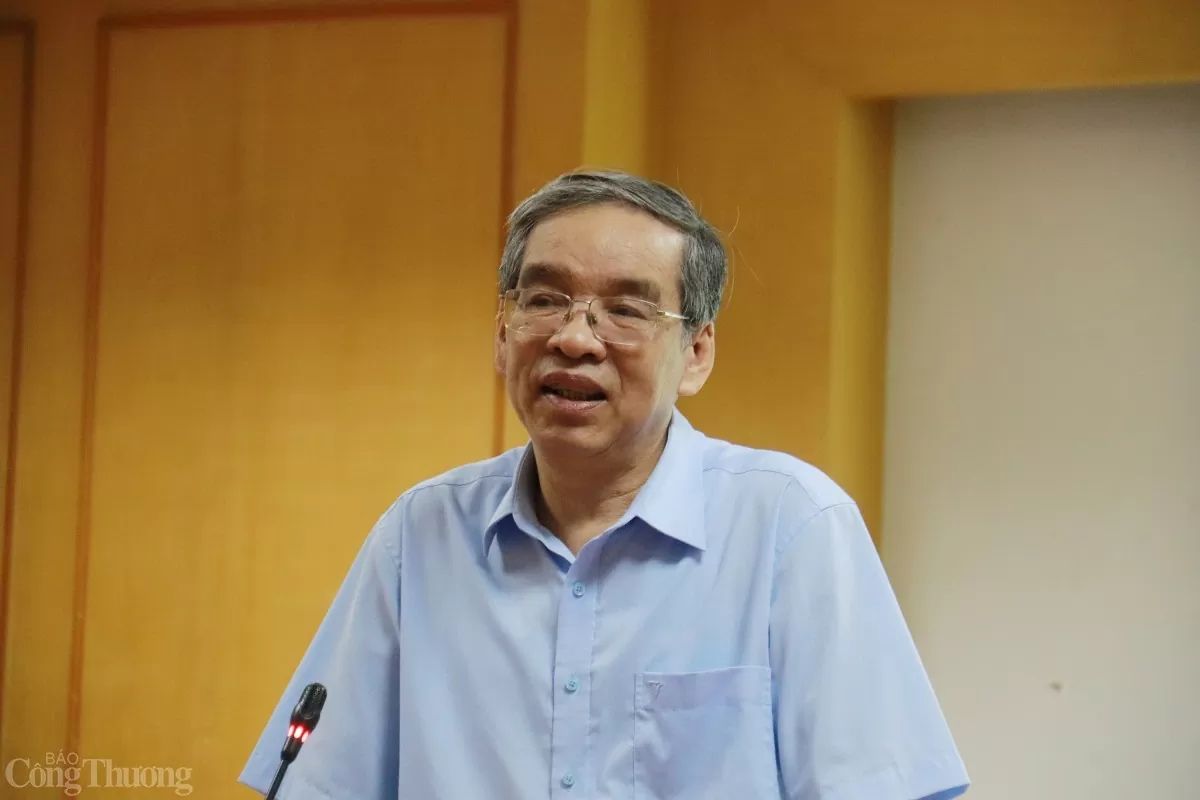 |
| Journalist Nguyen Bac Van, former Head of the Party Building Department, Nhan Dan Newspaper. Photo: Thanh Tuan |
The viewpoints and guiding thoughts of the Politburo and Secretariat stated in Conclusion No. 127-KL/TW are groundbreaking and have a strategic vision, to develop the country as set out in the Documents of the 13th National Party Congress, striving to make our country a developed socialist country with high income by 2045.
This is also the aspiration of the entire Party and the entire nation. To do so, we must find ways to unleash all resources. The merger of provincial and communal administrative units aims to expand space and create all conditions for localities to have more opportunities for development.
Therefore, the implementation of this policy of the Politburo and the Secretariat must be carefully studied, even when "running and lining up at the same time", not just doing it on schedule; must be based on the motto of both exploiting the potential and advantages of each locality and promoting the leading role of dynamic regions, economic corridors, growth poles, creating intra-regional and inter-regional linkages to multiply resources for development.
In which, not only human resources, natural resources but also spiritual resources such as historical and cultural traditions of localities, regions, cultural identities of ethnic communities across the country. It is also a harmonious combination of adjacent localities supporting each other to develop together in the overall region and the whole country in the new stage.
Leverage resources
- On March 5, Prime Minister Pham Minh Chinh announced specific criteria for provincial mergers, including natural area, population size, economic development, cultural characteristics, and the ability to complement and support each other among the localities expected to merge. So, in your opinion, what factors should be considered when merging provinces?
Journalist Nguyen Bac Van: The specific criteria that Prime Minister Pham Minh Chinh has stated are a very important basis in the research process to reasonably merge administrative units.
Each criterion has its own meaning and complements each other, and is closely related; in which, first of all, we must pay attention to natural area, population size, and economic development situation.
To have a locality after the merger that satisfies all these criteria is not easy and requires very scientific calculation. Therefore, sometimes two or three provinces merged to meet all these criteria, but there are also some provinces that currently have these criteria.
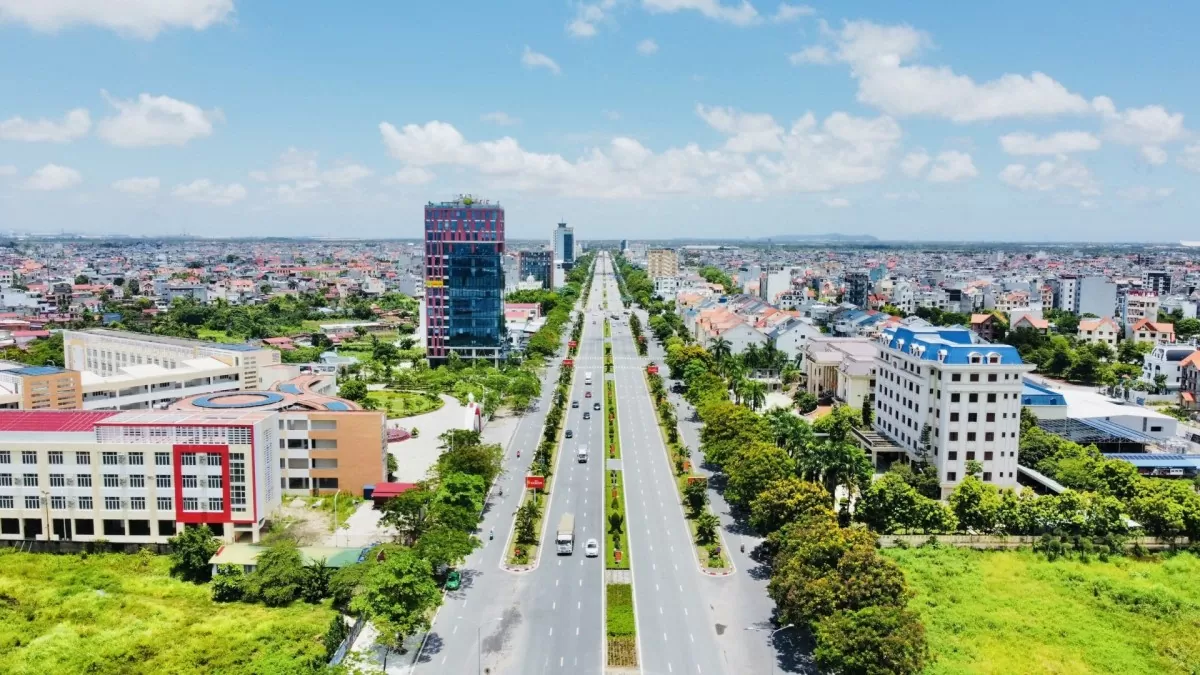 |
| The policy of rearranging administrative units at all levels this time aims at a big goal, with a hundred-year strategic vision. Illustrative photo |
Mountainous provinces often have large areas but low populations, difficult economic development, and small scale; some plain provinces and large urban areas have small areas but large populations, and much more advantageous economic development conditions.
In my opinion, the motto is that after the merger, localities in the new province must support each other, taking advantage of resources, human resources and other resources.
Staff is the soul
- Minister of Home Affairs Pham Thi Thanh Tra also emphasized on March 11 that the arrangement of administrative units is not a temporary solution or a short-term change, but a strategic step to expand space for stable development in the next hundred years. Thus, merging provinces, not organizing district level, and expanding commune-level government is necessary. To make this implementation effective, what recommendations do you have?
Journalist Nguyen Bac Van: It can be said that the merger of administrative units is a large and complicated revolution with a huge amount of work, especially since this policy is being implemented while our entire Party is in the "sprint" stage to successfully complete the goals and tasks set by the 13th National Party Congress; preparing to organize Party congresses at all levels towards the 14th National Party Congress, scheduled to take place in early 2026.
There are many pressures on the thinking and actions of Party committees, Party organizations, cadres, Party members, especially leaders. “Run and line up at the same time”, but absolutely do not be hasty. Haste makes it easy to stumble, fall and fail.
To realize this correct policy, the first thing to do is to carry out ideological work so that everyone is clear. “If your thoughts are not clear, carrying a pot is also heavy”, as the folk saying goes.
Another very important thing is that the authorities must conduct thorough and scientific research, listen to the opinions of researchers and the people to advise the Party and the State on which localities to merge with which localities to unleash the resources of the localities after the merger.
If this is not done well, it will be very difficult for the locality after the merger, causing a situation of "nothing to redeem", which is very complicated. The current mindset is that time is urgent, so it is difficult to ensure quality in the process of implementing these tasks. This is a seemingly simple problem but in reality it is very complicated.
For each organization, the soul is the staff. Due to the merger, there are only about 50% of provinces and centrally-run cities left; 80% of communes have been reduced; without district-level organizations, there are hundreds of thousands of redundant staff.
In theory, this is a golden opportunity for Party committees to freely choose to retain cadres with sufficient virtue, talent, and conditions to meet the job requirements when the new organizational apparatus comes into operation with the requirements of the new development stage.
However, the actual implementation has encountered many difficulties and it can be said that this is the most difficult task, among all the difficult tasks when implementing this policy. Therefore, there must be a strict and scientific process. The agencies advising the Party Committee on this task must be careful, certain, truly democratic, impartial, open and objective in each case, so that those who remain to continue working can clearly see their responsibilities and continue to strive and contribute; those whose names are on the surplus list can also be comfortable and comply well with the streamlining policy.
At the same time, there must be regular supervision by competent authorities and superior Party committees and timely verification and resolution of inadequacies and complications arising in the process of selecting cadres to continue working.
This is the time to strictly implement Regulation 114-QD/TW, dated July 11, 2023 of the Politburo on controlling power and combating corruption and negativity in personnel work. On the other hand, there must be reasonable policies for redundant cadres.
Although the work is difficult, sensitive and complicated, if all cadres and party members work together for the common policy of the Party, for the people, for the interests of the nation, I believe that this heavy task will be successful.
Thank you!
On February 28, the Politburo and the Secretariat issued Conclusion 127-KL/TW, assigning the Government Party Committee to coordinate with the Central Organizing Committee, the National Assembly Party Committee, the Fatherland Front Party Committee, central mass organizations and relevant agencies to direct research, develop a project, and submit to the Politburo on merging a number of provincial-level administrative units, not organizing at the district level; continue to merge commune-level administrative units. On March 11, the Government Party Committee agreed to submit to competent authorities a plan to merge and reduce 50% of provincial-level administrative units and 60-70% of grassroots-level units compared to present. According to Minister of Home Affairs Pham Thi Thanh Tra, the core viewpoint when implementing the apparatus arrangement is not simply to streamline the focal points but must aim at the larger goal of expanding the development space, creating a foundation and momentum for the country in the new era, while ensuring the long-term stability of the system and organization. This is not a short-term change of a few decades, but must have a strategic vision of a hundred years, even a few hundred years. |
Source: https://congthuong.vn/sap-nhap-tinh-tu-tuong-khong-thong-vac-binh-tong-cung-nang-380660.html


![[Photo] Official welcoming ceremony for the King and Queen of the Kingdom of Belgium](https://vstatic.vietnam.vn/vietnam/resource/IMAGE/2025/4/1/9e1e23e54fad482aa7680fa5d11a1480)

![[Photo] Queen of the Kingdom of Belgium and the wife of President Luong Cuong visit Uncle Ho's Stilt House](https://vstatic.vietnam.vn/vietnam/resource/IMAGE/2025/4/1/9752eee556e54ac481c172c1130520cd)
![[Photo] President Luong Cuong and the King of Belgium witness the Vietnam-Belgium document exchange ceremony](https://vstatic.vietnam.vn/vietnam/resource/IMAGE/2025/4/1/df43237b0d2d4f1997892fe485bd05a2)

![[Photo] President Luong Cuong meets with King Philippe of Belgium](https://vstatic.vietnam.vn/vietnam/resource/IMAGE/2025/4/1/1ce6351a31734a1a833f595a89648faf)

![[Infographic] 10 factors to consider when deciding to buy or rent a house](https://vstatic.vietnam.vn/vietnam/resource/IMAGE/2025/4/1/d6e87dce074b455d95231a4c3e22353a)
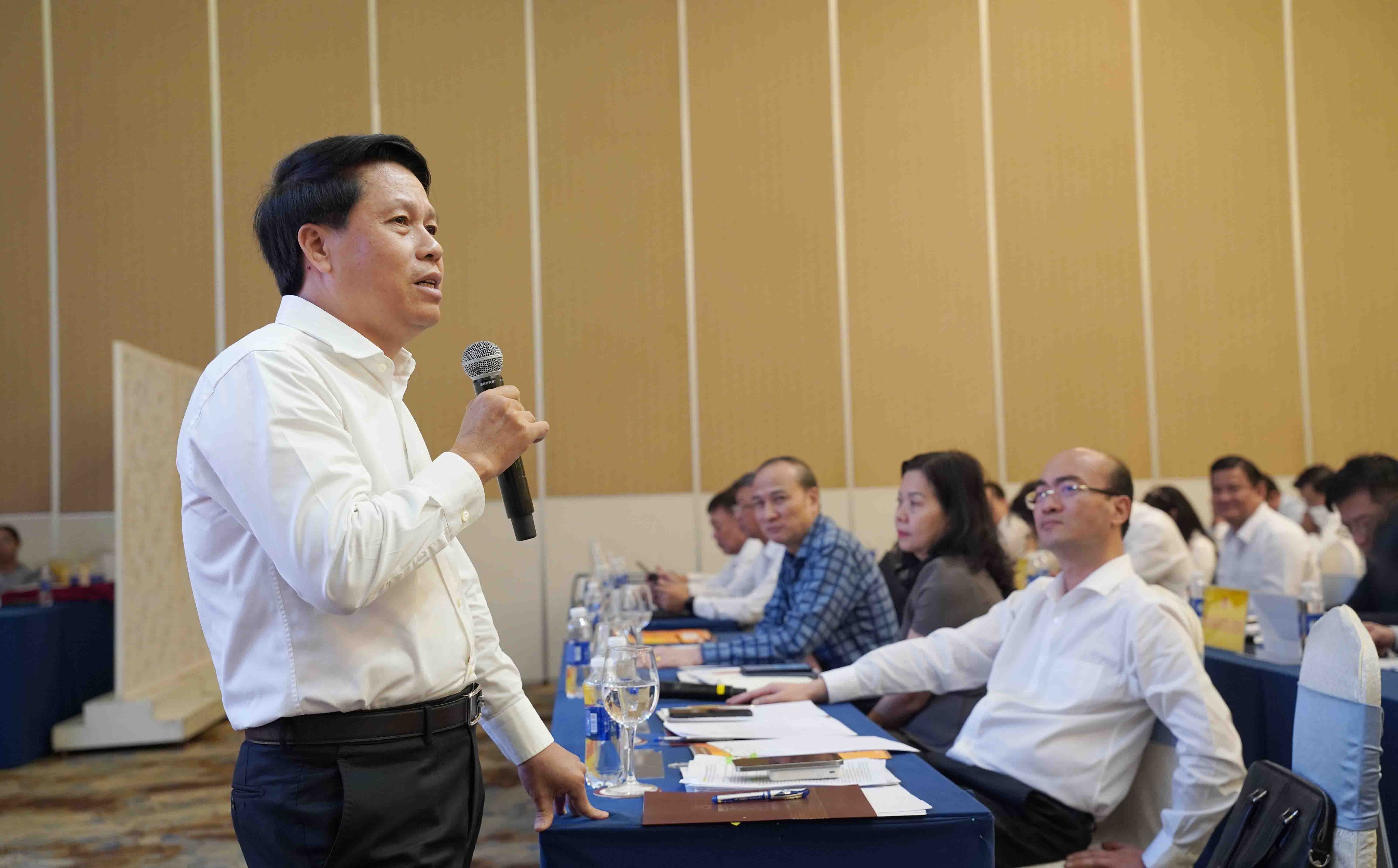
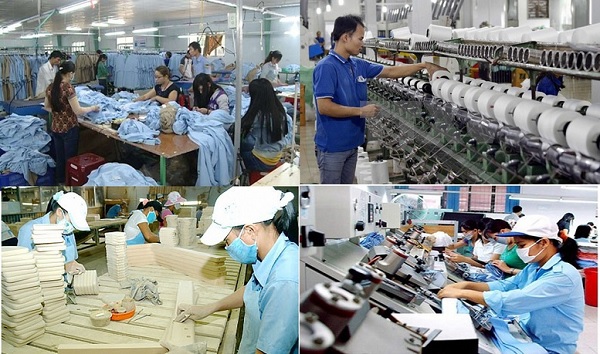









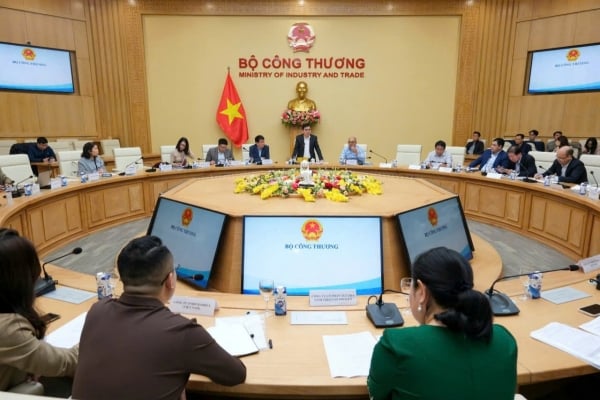












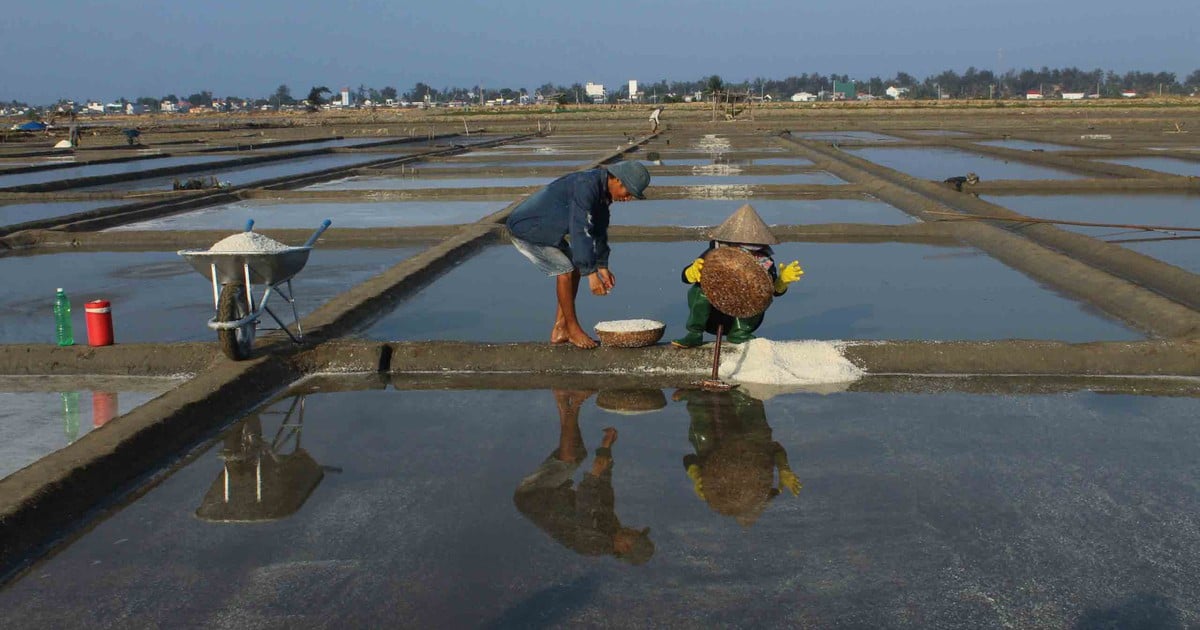









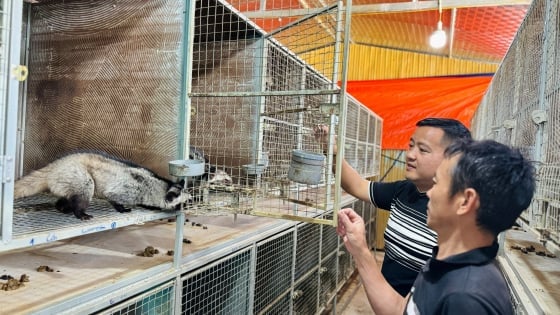









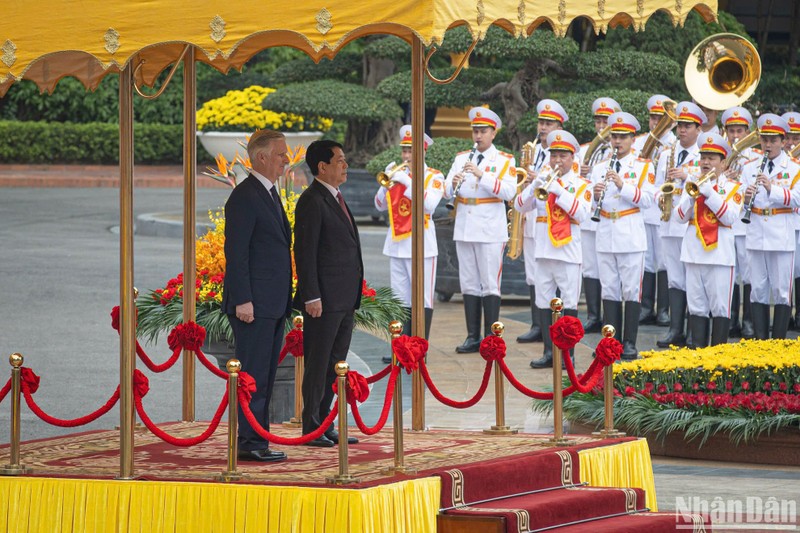


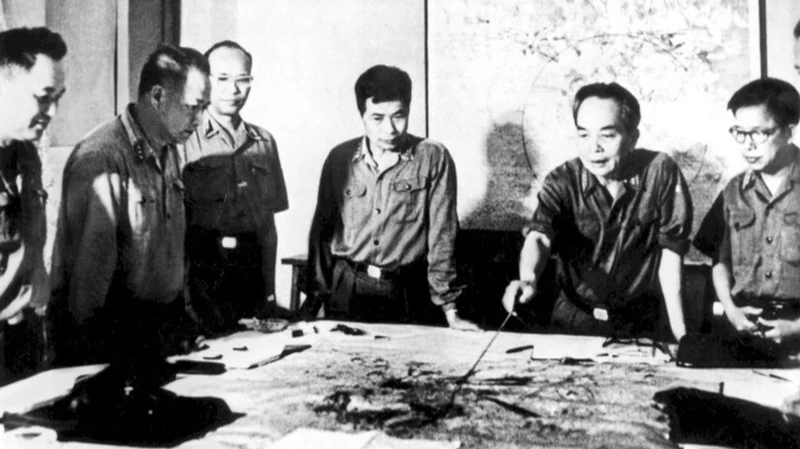
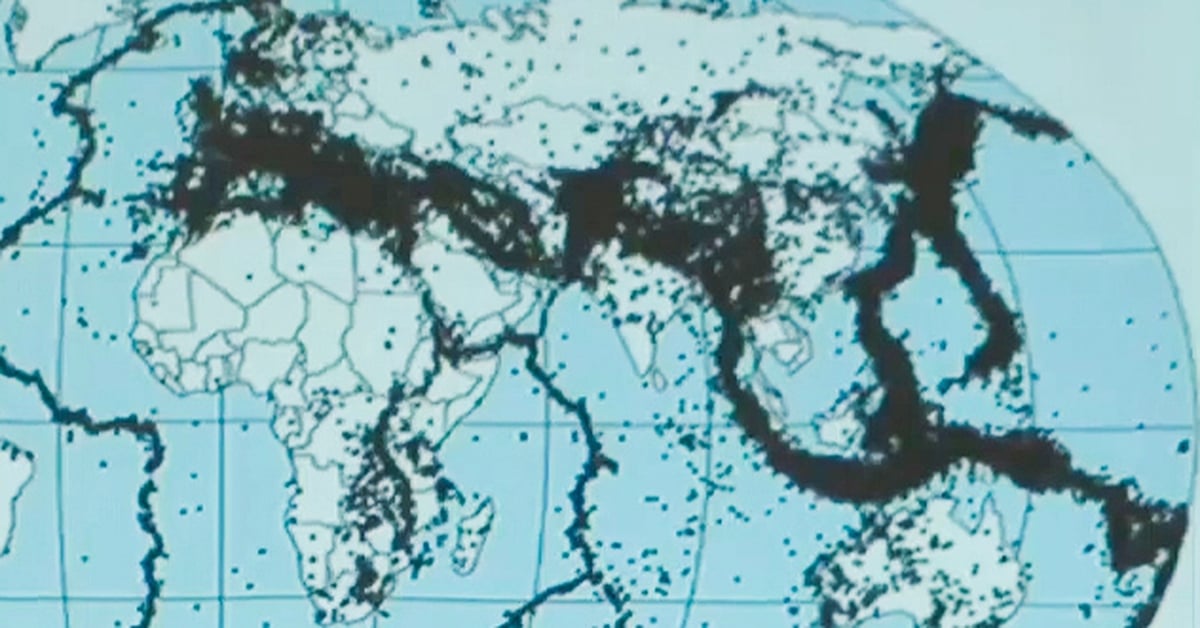




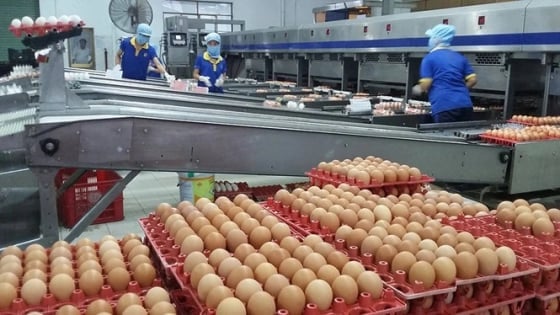



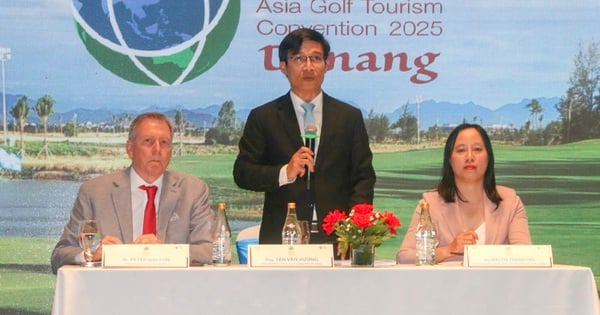
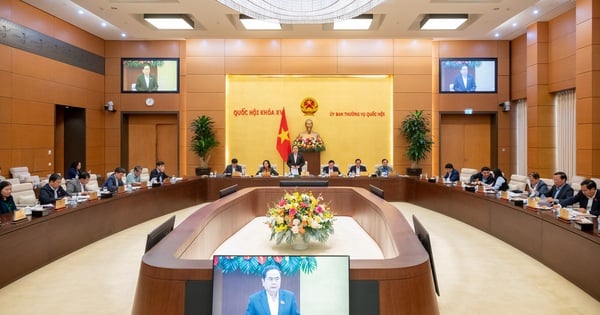
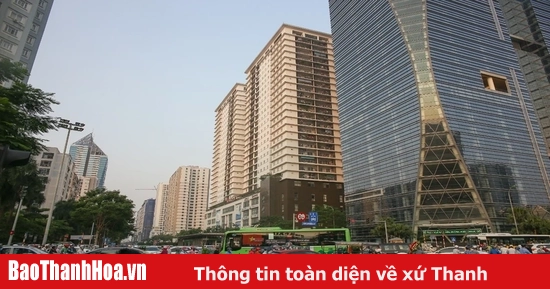



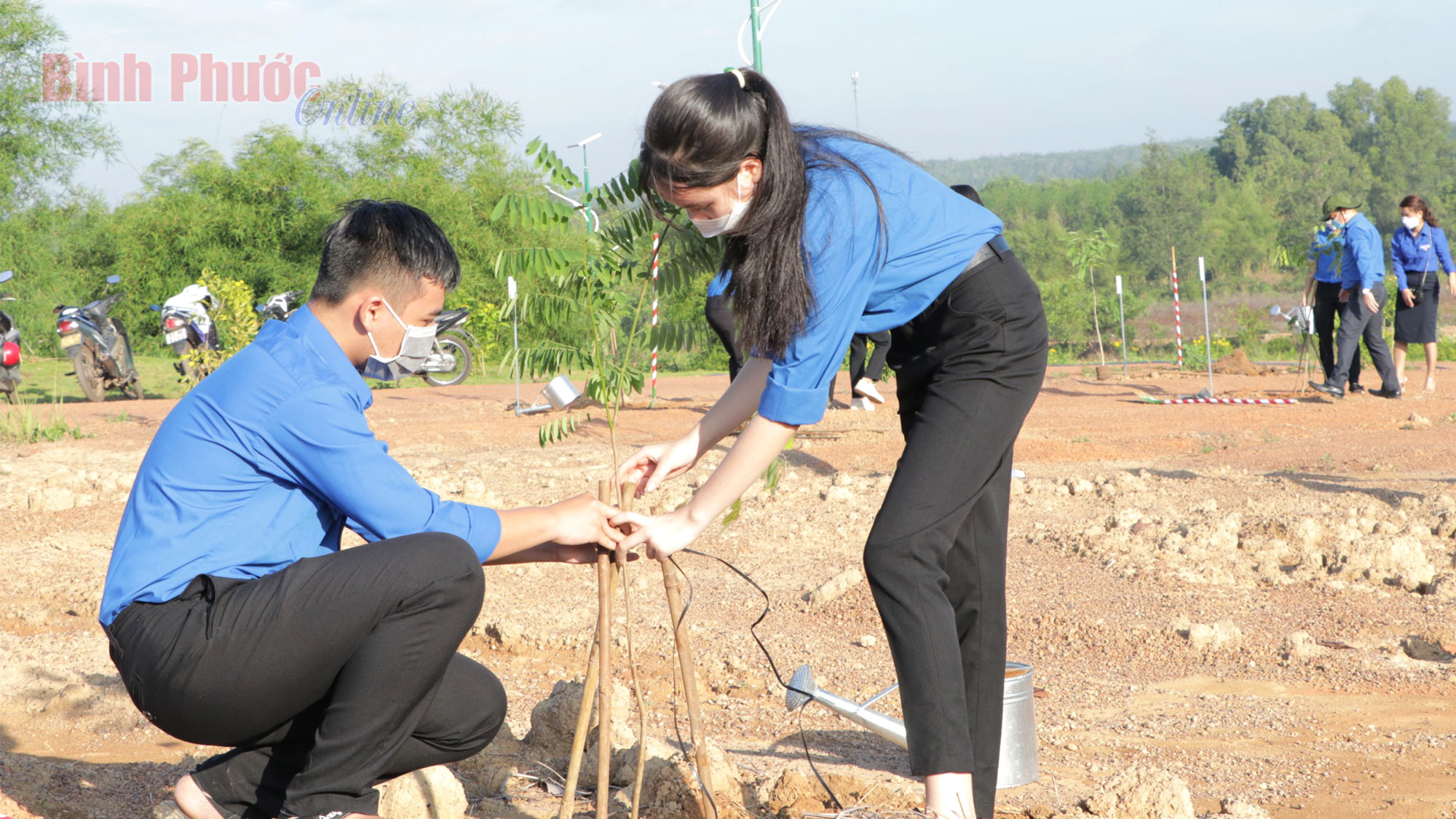



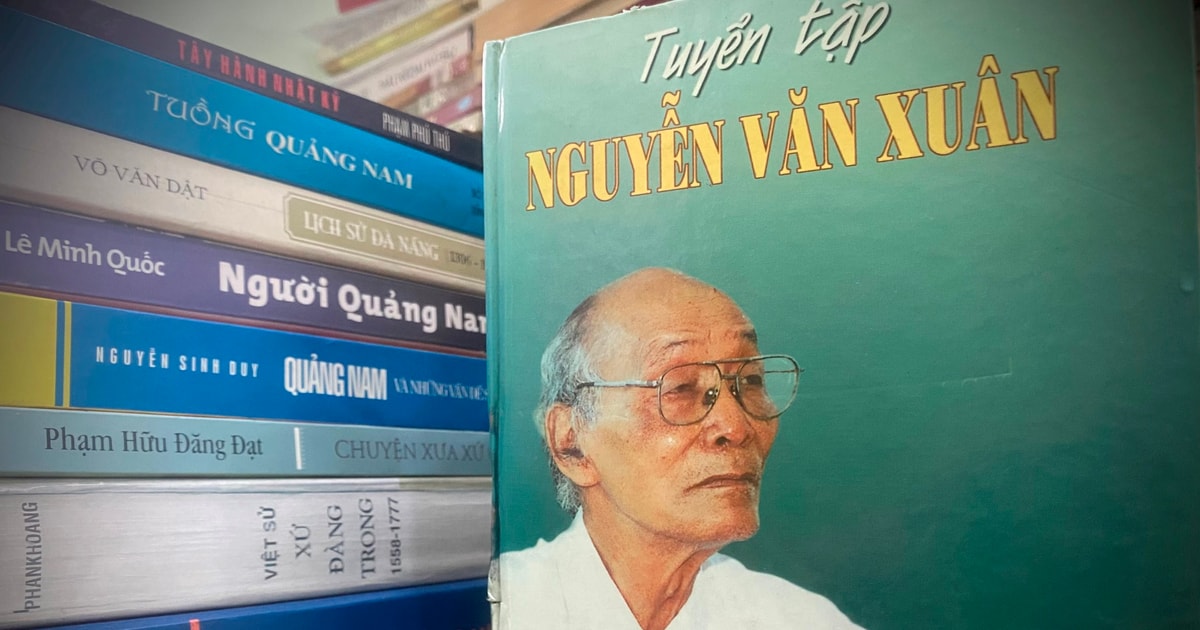











Comment (0)